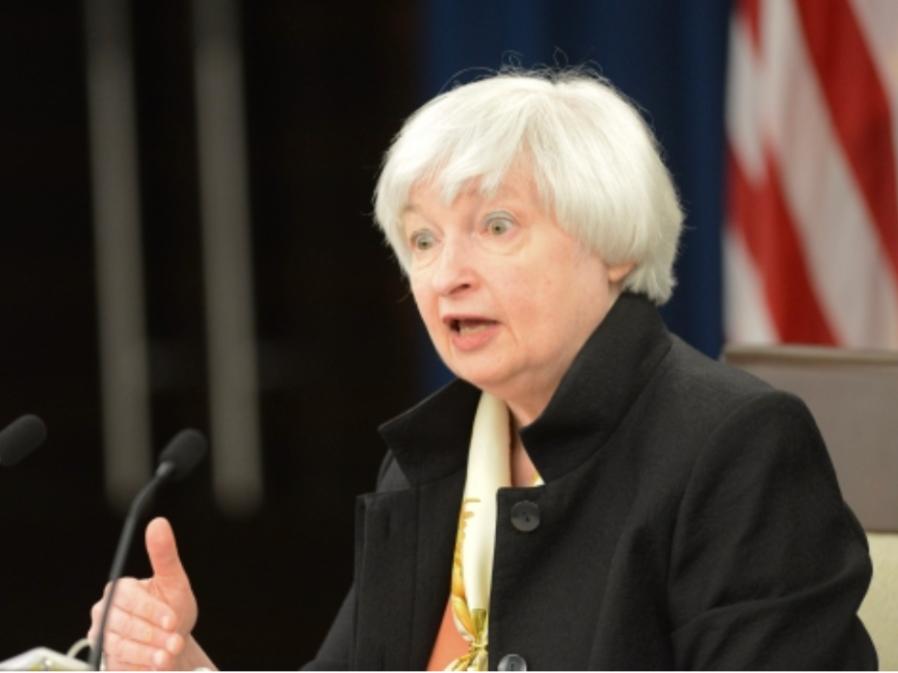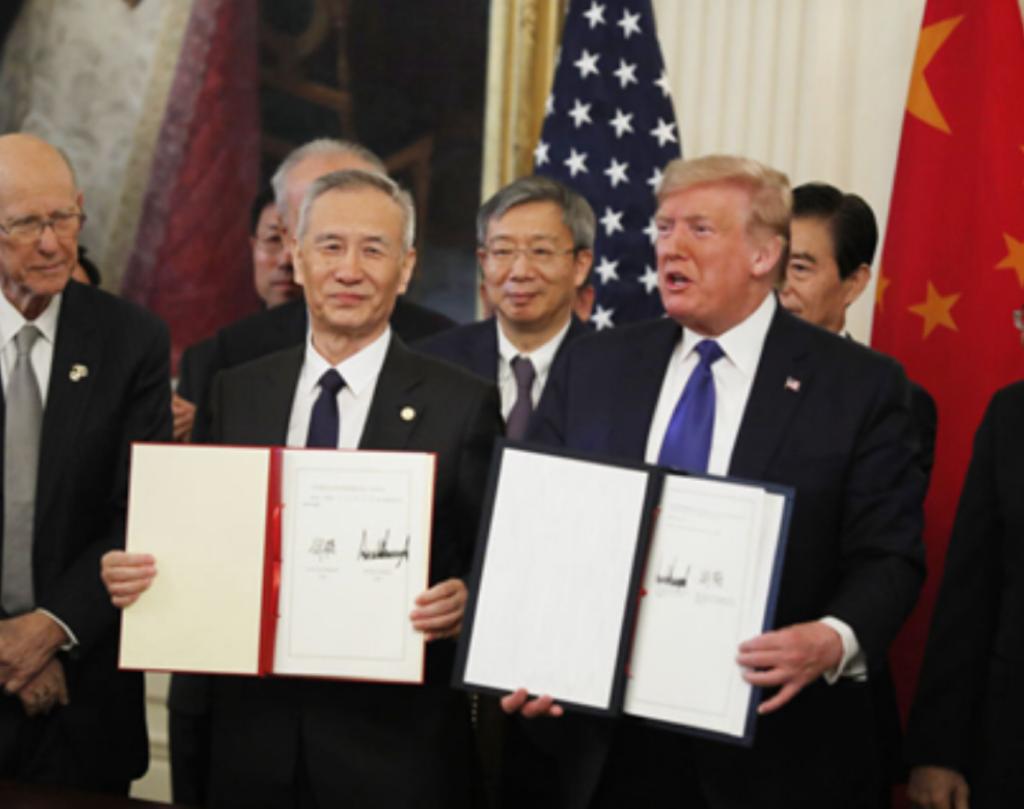January 31, 2021 12:46 Last update: 12:52
All walks of life are concerned about the trade policy of the new US Biden administration towards China.
US White House spokesperson Psaki said at the White House briefing that the Biden administration will review all national security measures implemented by former President Trump, including the first phase of the Sino-US trade agreement signed in January 2020, and Will take this to reconsider the relationship with China. “We will coordinate with our allies and partners to effectively solve this problem.”
Psaki refused to answer at the meeting whether the current government believes the trade agreement with China is still valid. Psaki said: “All the measures implemented by the previous administration are still under review, because this is related to the national security of the United States, so I can’t assume that things will progress.” She also mentioned that China’s economic abuse should be stopped.

Yellen, the new US Treasury Secretary.
–
Earlier, the new Treasury Secretary Yellen also promised to conduct a comprehensive assessment of the status of the first phase of the Sino-US trade agreement, and said that the United States will cooperate more closely with allies.
The media quoted a source in the US government as saying that the Biden administration will suspend the implementation of further US tariffs on Chinese goods during the evaluation period until the comprehensive evaluation is completed and the United States finds the best way to unite with other countries on China. Decide what changes to make.
Due to the epidemic situation, China did not fully reach a Sino-US trade agreement last year to purchase US goods, and the outside world is concerned about the US response.
According to the Wall Street Journal, on the first anniversary of the US-China trade agreement, China’s procurement commitments did not meet the standards. According to the agreement facilitated by the Trump administration, China agreed to purchase approximately US$159 billion in US goods by the end of 2020. An analysis conducted by Chad Bown, a senior researcher at the Peterson Institute for International Economics, shows that as of November 2020, China has actually purchased approximately US$82 billion in goods from the United States, fulfilling about 52% of the aforementioned target .
At the same time, the decline in economic activity during the epidemic led to a 5.8% drop in US imports of Chinese goods, causing the US trade deficit with China to drop by 12% from January to November to US$283 billion. But as US imports have begun to rebound strongly in recent months, the trade deficit with China has risen again.
Economists have attributed part of the slow progress in China’s procurement to the impact of the new crown epidemic; the epidemic has weakened China’s domestic demand for overseas goods and lowered the price of imported energy.

On January 15, 2020, China and the United States signed the first phase of the trade agreement.
–
–
The Wall Street Journal reported that the first phase of the U.S.-China trade agreement signed on January 15, 2020 also urged China to further open its market to U.S. companies. The Chinese government has made great progress in this regard, especially the opening of U.S. financial companies. admission to market. In exchange, the Trump administration agreed in the agreement to reduce tariffs imposed on some Chinese products exported to the United States. However, there are still about 370 billion US dollars of Chinese exports to the United States that are still subject to import tariffs each year, which means that most Chinese exports to the United States are still affected.
According to the agreement, China promised to increase imports of American goods and services in a substantial amount during the two-year period from 2020 to 2021, totaling 200 billion U.S. dollars, of which nearly 50 billion are agricultural products, and energy and manufacturing products.
Before the trade war, China imported 130 billion U.S. dollars worth of American products and 56 billion worth of services every year. The commitments in the trade agreement mean that China continues to need to substantially increase imports.
After China and the United States reached a trade agreement, some of the tariffs added during the trade war were reduced or exempted, but a considerable part of the tariffs imposed by the United States on China have not been removed. The United States agreed to cut the newly imposed tariffs on US$120 billion of Chinese goods by half to 7.5% within 30 days after signing the agreement. However, the 25% tariff imposed by the United States on another $250 billion worth of goods during the trade war remains unchanged.
–
Trump said at the time that if these tariffs were to be reduced, it would be the content of the next phase of the agreement. However, after the two parties signed the first phase agreement, they did not really start the negotiation of the second phase agreement, so the 25% high tariff imposed by the United States on 250 billion US dollars of goods has not been reduced. In addition, China still maintains tariffs on US$110 billion in US goods.
Regarding China’s purchases that did not reach the trade agreement last year, Craig Allen, President of the US-China Business Council, said: “I do think that from a structural perspective, China has fulfilled All promises. But from a quantitative point of view, they have not done enough. Overall, the United States has lost a lot of job opportunities in the process.
A report jointly issued by the US-China Business Council and Oxford Economics last Thursday estimated that the US still imposed tariffs on Chinese exports to the US, coupled with China’s counter-tariff measures, has led to the US As many as 245,000 jobs were lost, partly because of rising costs for American companies that rely on imported parts and other products from China. If the two sides are willing to gradually reduce tariffs and work together to promote economic growth, it is expected that 145,000 jobs will be added by 2025.
–
A report by the US-China Business Council and the Oxford Institute for Economic Research found that if the two largest economies in the world, China and the United States, are completely economically decoupled, it may reduce US GDP by 1.6 trillion US dollars in the next five years, leading to a reduction in US jobs in 2022 732,000.
US-China Business Council Chairman Craig Allen said: “In terms of tariffs, it is important to understand the economic costs of making choices.”
After the Biden administration came to power, the aforementioned opposition to the trade war became louder.
–
deepthroat
** The blog post is solely responsible and does not represent the position of the company **
–
Read more articles
– .


